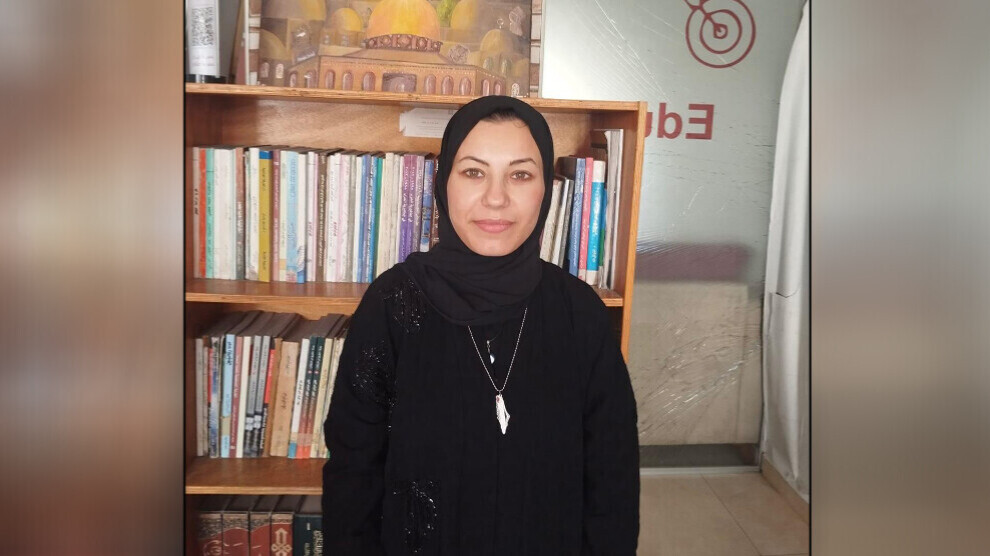Israel’s “Humanitarian City” plan: New model of forced displacement in Gaza
As Israel’s assault on Gaza continues, its new plan for a “humanitarian city” may cause another wave of displacement for Palestinians. The plan aims to confine Gazans to specific zones under tight control.

RAFIF ESLEEM
Gaza - Since October 7, 2023, Israel has relentlessly attacked the Gaza Strip. Now, it is reportedly planning to construct a so-called “humanitarian city” atop the ruins of Rafah. However, for many Palestinians, this city represents the starting point of a mass displacement strategy. The move is seen as a deliberate effort to forcibly push Gazans southward and prevent any return to their destroyed homes—effectively turning Rafah into a massive open-air prison.
While Israeli officials and media frequently reference this plan, key details remain unclear: Will the city consist of tents? How large will it be? How will humanitarian aid be delivered? What will happen to those who fail security screenings or refuse to enter?
Depopulation of Northern Gaza Areas
Political activist Alaa Salame thinks that the planned tent city, located between Rafah and the Morag Corridor, is a pilot project intended to hold over 600,000 people. She describes it as a zone where Gazans will be forcibly detained.
“The aim is to completely depopulate northern Gaza and confine the population to the southern Wadi Gaza,” Salame said.
“This plan has been on the agenda since the beginning of the war, but the resistance of the people in the north and the balancing of population density due to the recent ceasefire delayed the process. Currently, the Israeli army controls roughly a 3-kilometer stretch of the Gaza Strip, preventing 700,000 people from returning to their homes,” she said.
Return becoming impossible
Israel is well aware of the Palestinians’ strong connection with their homeland, Salame stressed. “For this reason, it is systematically destroying infrastructure, homes, and all living spaces in the occupied areas to reduce the possibility of return to zero. There are no roads, no water or electricity—only ruins. People cannot even set up tents over the rubble of their homes, as the debris makes it impossible.”
Although there are some objections to a city plan within Israel, Alaa Salame states that these objections are primarily based on military and strategic reasons. She stressed that both the Israeli government and public agree on the evacuation of Gaza and building new settlements in the future. “This plan is not only a displacement operation—but also a strategy attracting the interest of Israel and international actors due to the natural gas reserves in the coastal area.”
Forced displacement through starvation
According to Salame, Israel’s ongoing “starvation policy” is also part of this plan. “By depriving Gazans of food, the goal is ultimately to force them into moving to the designated area out of desperation. Meanwhile, this situation is being leveraged as a bargaining chip to reinforce Israel’s position at the negotiating table. The biggest obstacle to the success of this plan is the awareness of the Palestinian people and the response of the international community.”
